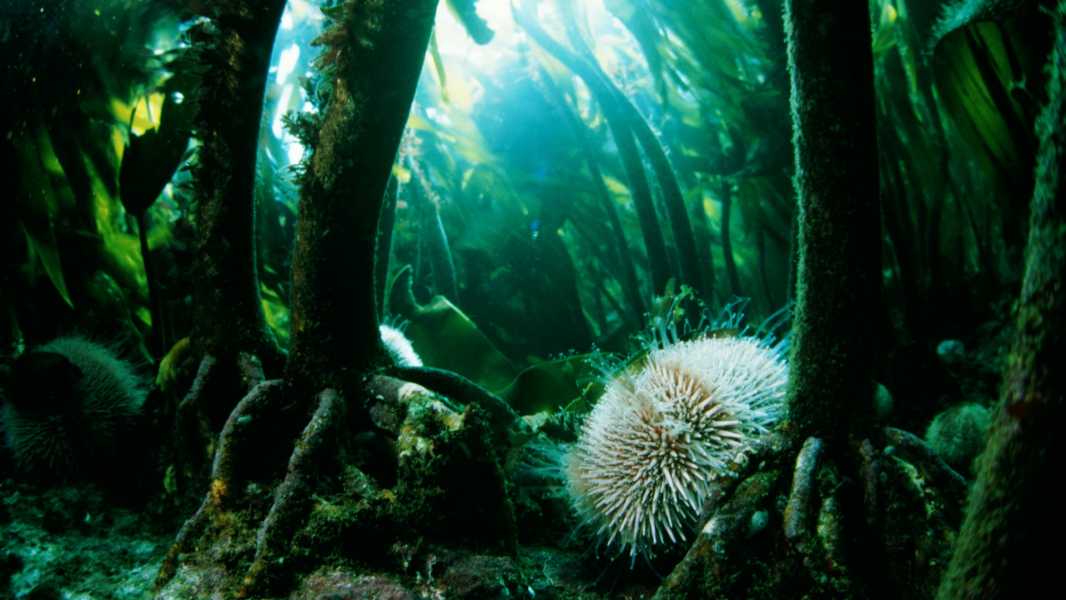Heterodontus galeatus sharks prey on various species of sea urchins – YouTube
See more
Long-spined sea urchins have become an environmental problem along Australia's southern coast. The creatures, native to temperate waters around New South Wales, have expanded south as ocean temperatures rise. In the process, they destroy algae and invertebrates, leaving behind dead zones.
Lobsters are widely known as important predators of sea urchins. In an effort to control their populations, scientists are investigating this predator-prey relationship. A recent study by my colleagues and me, published today, has yielded some surprising results.
We set up several cameras outside the lobster den and placed sea urchins inside. We filmed at night for almost a month. When we analyzed the footage, most of the sea urchins had been eaten — not by the lobsters, but by sharks.
This suggests that sharks have been overlooked as predators of sea urchins in New South Wales. Importantly, sharks appear to be able to devour these large, spiny creatures with ease – sometimes in just a few mouthfuls! Our findings suggest that the diversity of predators that eat large sea urchins is greater than we thought – and this could be good news for the conservation of our kelp forests.
Mysterious picture
The waters off south-east Australia are warming almost four times faster than the global average, allowing long-spined sea urchins (Centrostephanus rodgersii) to expand their range from New South Wales to the waters of Victoria and Tasmania.
These sea urchins feed on kelp and have significantly reduced the cover of kelp on their journey south, putting additional pressure on kelp forests that already face multiple threats.
Scientists are looking for ways to combat the spread of sea urchins. Maintaining healthy populations of the predators is one of the proposed solutions.
Overseas studies of various urchin species have focused on predators such as lobsters and large fish, and found that seagrass health can be improved by protecting or restoring these predators.

Sea urchins feed on algae.
In New South Wales, eastern spiny lobsters are considered important predators of sea urchins. The species has been overfished in the past, but stocks have recovered significantly in recent years.
However, there has been no significant decline in sea urchin populations or increase in seagrass growth in New South Wales.
Why is this? Maybe lobsters don't eat sea urchins in large quantities? There is really little data on how often predators eat sea urchins in the wild.
Moreover, recent research in New South Wales has shown that the impact of lobsters on sea urchin populations is minimal, while fish may play a more important role.
The aim of our project was to further study the situation.
Sourse: www.livescience.com




